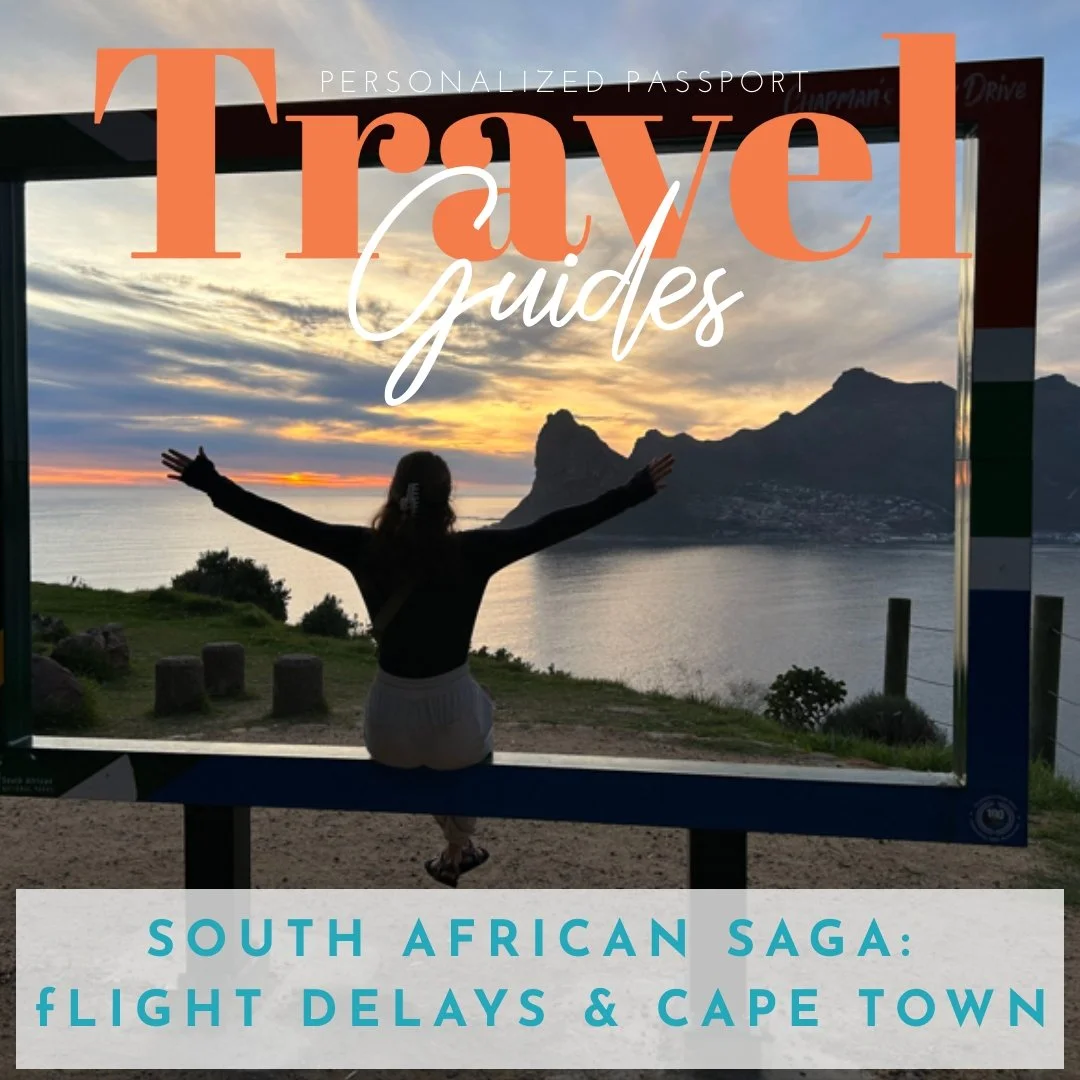In the midst of the coronavirus pandemic, the travel industry has been hit particularly hard as lockdowns, quarantines and travel restrictions have kept people at home. International and domestic airlines have reported huge losses and we will likely see the affects for years to come.
But slowly, people are vacation planning again. Airlines have done a ton to try to ease people’s fears and there are ways to stay safe while flying.
Not all airlines have implemented the same coronavirus travel guidelines. As a travel planner, I’ve done my best to stay informed as these rules and regulations are constantly changing and certainly have an affect on travelers’ comfort levels. Here’s a round-up of what some of the United State’s most popular airlines have promised in terms of health and safety for their customers.
Across the board, you can rest assured that the following protocols are in place with all major airline carriers.
Face masks are required for both passengers and flight crew. More specifically, face masks must be worn properly and cover the nose, mouth and close around the chin.
All airlines are promoting the use of their mobile apps to reduce touchpoints during check-in.
You’ll find floor decals at check-in counters, gate counters, security lines and baggage claims to enforce 6’ social distancing protocols.
Increased disinfecting measures and new technologies used on planes and in terminals. Airlines are partnering with company’s like Lysol and Clorox to use the highest quality cleaning products on the market.
Curtailed on-board food and beverage service - with many airlines opting for pre-packaged snacks and water bottles only.
Most airlines have already been using HEPA (High Efficiency Particulate Air) air filtration systems for years. These are similar to what you would find in hospitals. These are capable of blocking and capturing 99.97% of airborne particles and air on planes at any given moment is made up of 40% recycled and filtered air and 60% fresh air brought in from outside. On average, air in the cabin is completely changed every 3 minutes. You can watch a video explaining further here.
Some airlines are doing even more to ease the fears of frequent flyers, hesitant honeymooners and reluctant resort relaxers. I’ve arranged these in order from the airline I’d be most likely to fly on, to least likely - but keep in mind it’s strictly my own opinion. Each traveler will need to carefully weigh all the pros, cons, risks and rewards before booking a plane ticket.
Delta
Has pledged to block all middle seats in the main cabin and adjacent seats in the first class cabin through January 6, 2021
Travel parties of three or more may opt to use the middle seat in order to be seated together
Planes will board from back to front with Delta One, First Class and Diamond Medallion members able to board at any point during the boarding process
Change/Cancel fees waived
Read more about Delta’s coronavirus health and safety protocols here.
Southwest
Middle seats will be blocked through November 30
No change or cancel fees, as is the norm for Southwest
Read more about Southwest’s coronavirus health and safety protocols here
Jet Blue
Passengers receive hand sanitizer and sanitizing wipes
Will sell less than 70% on all flights
“Some rows on our larger planes will have all 3 seats available for those traveling together, and some rows on our smaller planes will have both window and aisle seats available.”
Boarding from back to front
Waiving change and cancel fees for tickets purchased by February 28, 2021
Read more about Jet Blue’s coronavirus health and safety protocols here.
Alaska Airlines
They have committed to limiting the number of guests on each flight and blocking seats through November 30, 2020
No change or cancellation fees
Read more about Alaska Airline’s coronavirus health and safety protocols here.
Hawaiian Airlines
Discounted at-home testing options when purchasing a flight. (Testing is required before visiting Hawaii in order to forego a 14-day quarantine upon arrival)
Boarding (back to front) and de-planing (front to back) by row
Will block middle seats through December 15
Read more about Hawaiian Airline’s coronavirus health and safety protocols here.
United
Following pre-boarding groups, all aircraft will be loaded from back to front
Passengers will receive hand sanitizer and sanitizing wipes
De-planing will occur in groups of five rows at a time to reduce crowding
United will “do its best” to notify you 24 hours in advance of your flight if it’s expected to be “fairly full” (though they don’t specify what constitutes as “fairly full”) and give you the option to change your flight for no change fee or receive a travel credit for the trip
Read more about United’s coronavirus health and safety protocols here.
Frontier
The only airline conducting mandatory temperature screenings at the gate
Seem to be back to their pre-COVID change/cancellation policy
No policy in place to block seats or prevent crowded flights
Read more about Frontier’s coronavirus health and safety protocols here.
Spirit
Waiving change and cancellation fees for flights booked by October 31, 2020
No policy in place to block seats or prevent crowded flights
Read more about Spirit’s coronavirus health and safety protocols here.
American Airlines
No change or cancellation fees for flights booked on or after August 30, 2020
No policy in place to block seats or prevent crowded flights
Read more about American Airlines’ coronavirus health and safety protocols here.
Final Thoughts
A few final points about flying and traveling during these stressful times:
The most effective way to slow the spread in airports and on planes is for all passengers and flight crew to wear masks properly throughout the journey.
Do your best not to take your mask off while in-flight. Yes, that means do your best not to eat or drink. Sound miserable? It’s a great chance to use a metal straw, which you can slip under your mask to stay hydrated. And it’s an opportunity to see what all the flight-fasting fuss is about!
The flight itself may be the safest part of the travel journey. It’s equally important to keep yourself safe in the terminals, security lines, baggage claim, etc. Wear your mask, keep your distance, and wash your hands.
Remember that you can now bring one liquid hand sanitizer up to 12 ounces per passenger in your carry on until further notice. It will have to be screened separately though, so if you can bring one that’s travel-sized - that’s probably more than sufficient.
Educate yourself - a travel blogger shouldn’t be your first and last stop when making decisions that affect your health and the health of your friends and family! This article from National Geographic and this study from MIT were incredibly informative!
Personalized Passport knows how personal these decisions are when travel planning. Let me know if you’d like to work together to balance all of these factors to decide what’s best for you!










